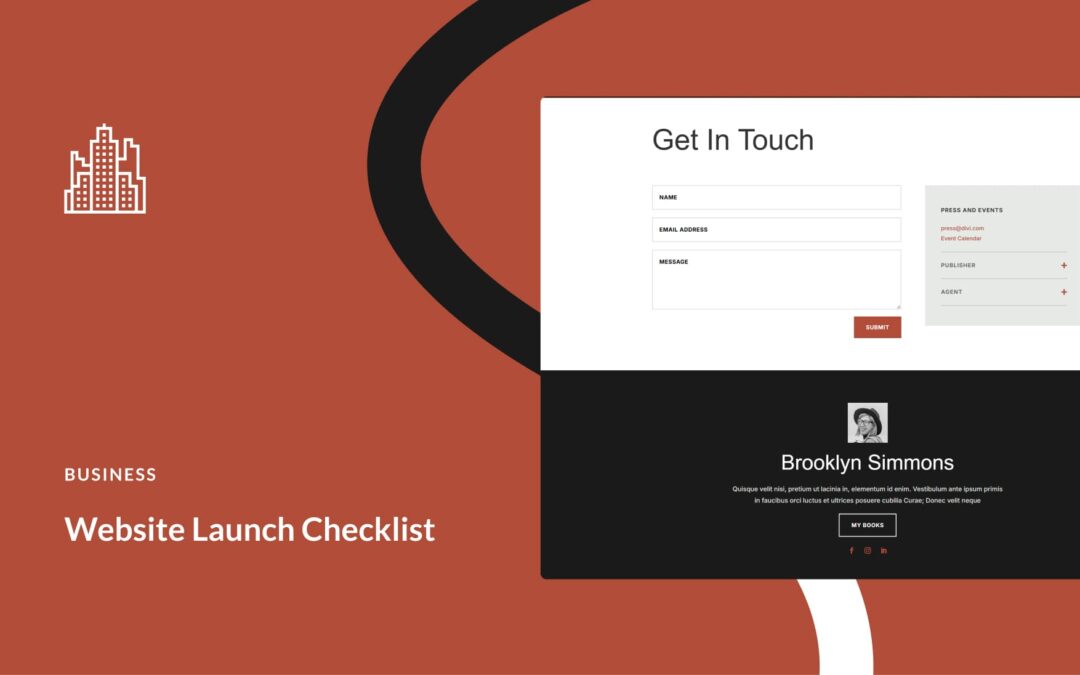Is Your Website Holding You Back?
Ever felt like your website’s just… sitting there doing nothing? Or maybe you’ve got one, but it feels outdated, like it’s a relic from a bygone era. ¿Por qué no llegan los clientes, even though you have a site? It can be so frustrating to think about the missed opportunities every day because your online presence isn’t cutting it.
Let’s be honest: in today’s digital age, your website is often the first point of contact for potential clients. If it doesn’t deliver, you can kiss those leads goodbye. I remember when I first dipped my toes into web design and marketing—it struck me how a well-crafted site could create a world of difference. But it all starts with the right approach: mobile-first design.
What is Mobile-First Web Design?
So, what’s mobile-first design? Simply put, it’s a strategy that prioritizes creating a great experience for mobile users before scaling up for desktops or tablets. Think of it this way: your website should look stellar and be easy to navigate on mobile, where most users are browsing these days. If you start with mobile, you’re ensuring that the essentials—navigation, visuals, content—are optimized for those smaller screens. It’s not just a trend; it’s a must-have for success.
Take it from me, sticking to mobile-first design can transform your online presence. In fact, as reported by Statista, mobile devices accounted for over 58% of global website traffic in the last quarter of 2023. That’s no small fry!
Why Focus on Mobile-First?
Adopting mobile-first is critical because your audience is spending more time on their phones than ever before. Whether they’re waiting in line or relaxing at home, they’re browsing for services just like yours. If your site doesn’t cater to their needs, you’re missing the boat.
Imagine this: a potential client tries to navigate your site on their phone, and it’s a clunky mess. They’re not coming back. Prioritizing mobile usability means you’re accommodating a wider audience—nichos demographics, older devices, or even slower internet connections. This is especially important for small business owners in South Texas, like you, who thrive on local clientele.
The Perks of Mobile-First Design
1. Enhanced User Experience
Your website will look clean and clutter-free when designed with mobile users in mind. That means more engagement and less frustration for visitors.
2. Faster Loading Times
A leaner site means quicker load times—a critical factor since research shows that a mere two-second delay can increase the likelihood of a bounce by 32%. Customers want speed, and they won’t hesitate to leave for a competitor.
3. SEO Boost
Did you know that Google prioritizes mobile-friendly sites in its search rankings? By implementing mobile-first design, you’re already ahead in boosting your visibility online.
4. Higher Conversion Rates
A streamlined mobile interface reduces friction for users, making it easier for them to take action—whether signing up or making a purchase.
5. Cost and Time Efficiency
Building a mobile-first site helps streamline your development process. You’ll find that it’s much easier to scale up from a mobile design than to retro-fit an existing desktop site for mobile.
Implementing Mobile-First Design
If you’re ready to take the plunge into mobile-first design, here’s how to break it down:
1. Understand Your Audience
Get to know what your customers want. Use tools like Google Analytics to find out how they interact with your current site. Asking your loyal clients was a great way to gather insights for me when I was starting out.
2. Nail Down Your Objectives
What do you want to achieve with your website? More clients? A stronger brand presence? Clarifying your goals will keep you on track.
3. Prioritize Core Content
Decide what functions are essential for your target audience. Focus on key actions like navigation and calls-to-action that drive sales or inquiries.
4. Design a Prototype
Once you know what you need, design a mockup. Use wireframe tools like Figma or Canva; they’re user-friendly and effective.
5. Develop Responsively
Make sure your site adjusts flawlessly across all devices. Getting a handle on responsive design is crucial, and there are tons of resources available to guide you.
6. Optimize Performance
Make sure your page loads fast! Use tools like Google PageSpeed to check your website’s performance.
7. Test Thoroughly
Once your site is up and running, it’s time to test it. See how it performs on various devices and gather feedback.
8. Keep Improving
Iterate based on user feedback. Use A/B testing to find what resonates with your audience—and keep it fresh.
Real-World Examples
Google: Their mobile site is sleek, showing that less truly is more. Quick searches, easy navigation—it’s designed with the user in mind.
Make My Trip: The experience is tailored to an on-the-go traveler. Options are readily available without scrolling, making bookings a breeze.
BBC: Their news site is visual and easy to navigate, making it user-friendly for those wanting quick access to information.
Let’s Bring Your Vision to Life
Ready to give your online presence a glow-up? At Ericks Web Design, we know the South Texas market like the back of our hand. We specialize in creating customized, mobile-first websites that actually work for you—driving leads, sales, and growth.
Hit us up—whether it’s for web design, SEO, or brand development, we’re here to help you build something that doesn’t just look good but performs exceptionally. Let’s chat and get those leads rolling in!
Source:
https://blog.hubspot.com/website/mobile-first-web-design










